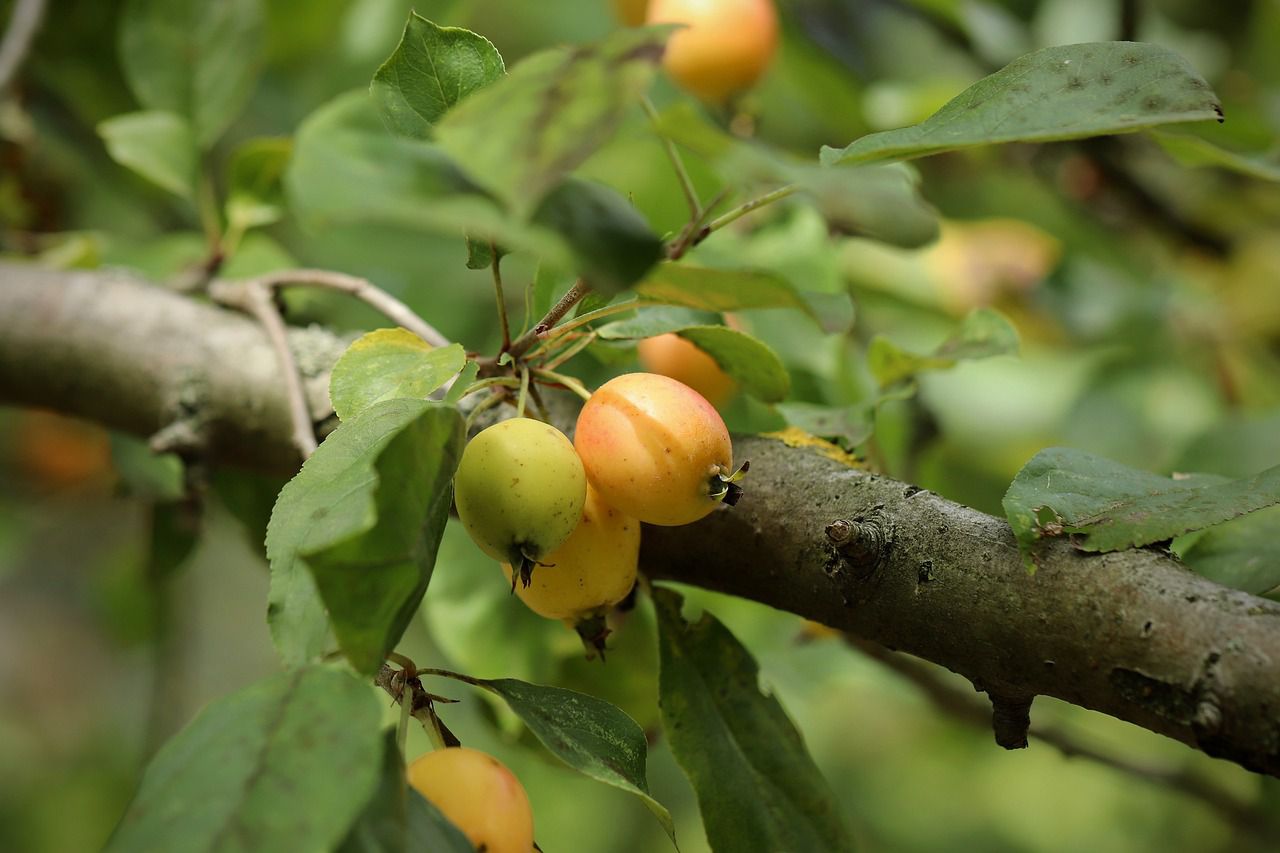Wild trees are different: Nature is amazing
You can find many fruit trees growing in wild nature freely, but they tend to be different from the trees in your garden.
In many cases, wild trees and garden trees are quite different - not only because of their location, but also size, fruits, and health.
Here are a few things that make wild trees different.
Origin and Growth
These trees grow naturally without human intervention. They can be found in forests, meadows, and other natural landscapes.
Their growth is influenced by the local climate, soil, and competition with other plants.

Appearance
They often have a more rugged and untamed appearance.
Their branches may grow irregularly, and their shapes are influenced by the challenges they face in the wild, such as wind, storms, and competition for sunlight.
Size
In their natural environments, wild trees have the potential to grow larger because they have more space and access to the nutrients they need from the soil.
Care and Maintenance
They rely on natural conditions for their care.
They adapt to their surroundings and must fend for themselves in terms of water, nutrients, and pest control.
Fruit and Flowers
While some wild trees may bear fruit or flowers, they may not always produce the same quality or quantity of fruit or flowers.
Their focus is primarily on survival and reproduction within their natural ecosystems.
Conclusion
In summary, wild trees and garden trees differ in terms of their origin, appearance, size, care, and purpose.
Garden trees are intentionally grown and managed for specific purposes, while wild trees adapt to their natural surroundings and face various challenges without human intervention.
